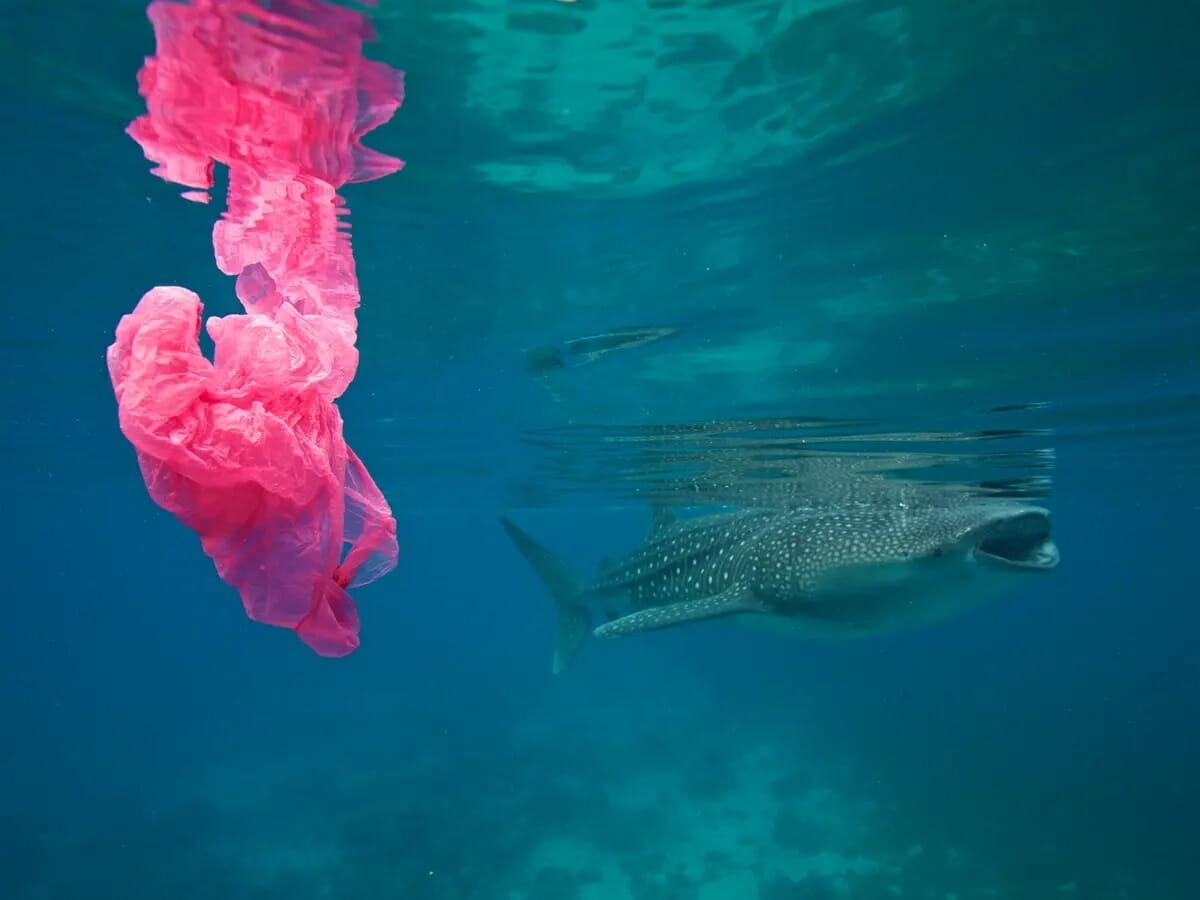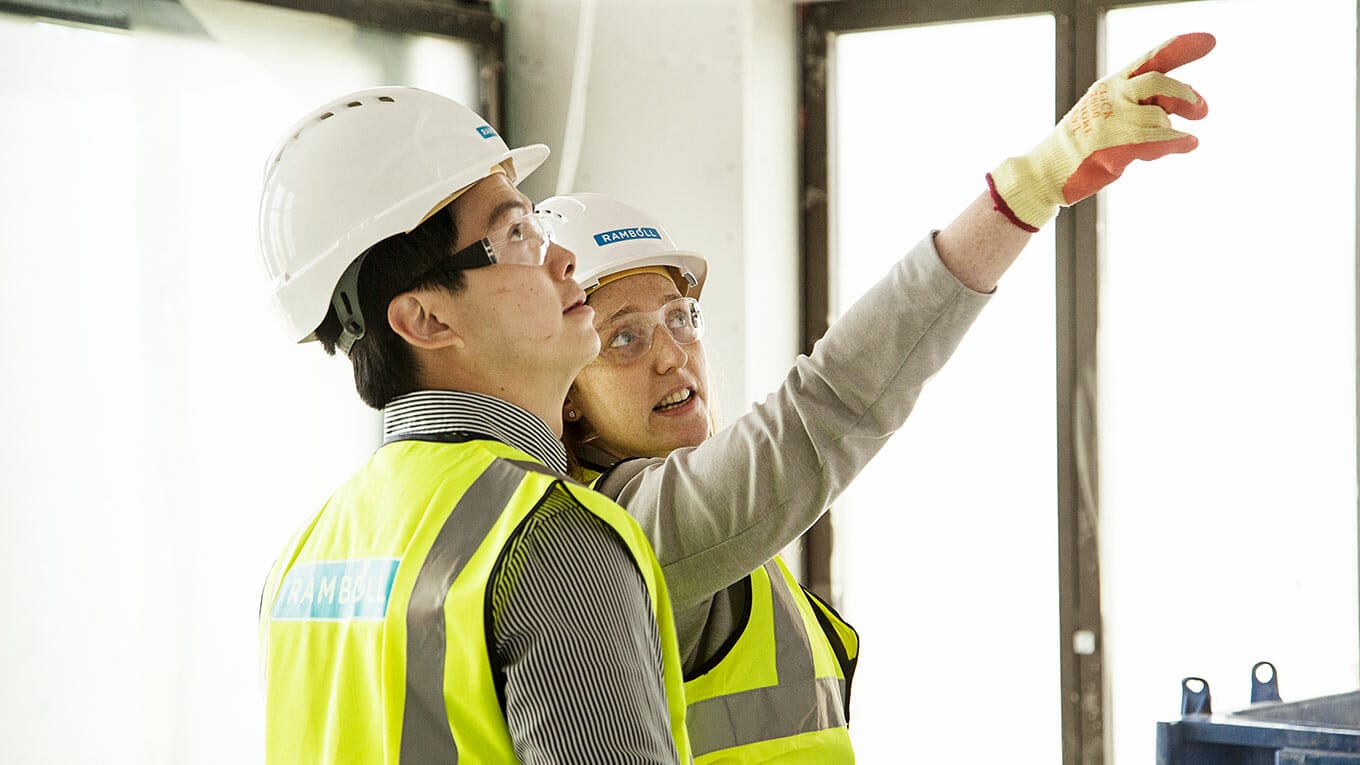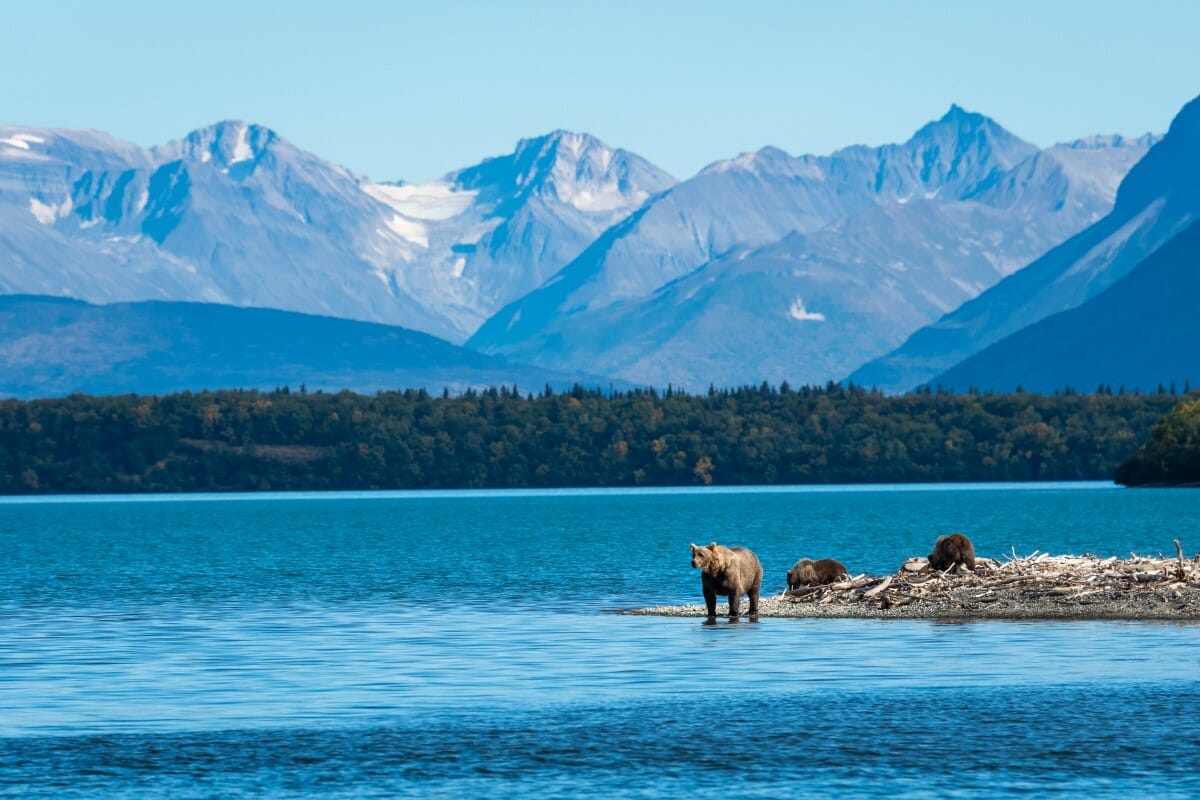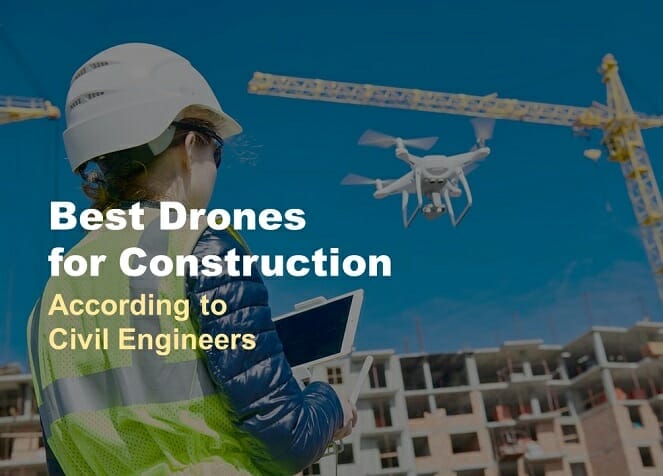It is common among organizations around the world to take part in preserving the environment by conducting tree-planting activities. But more often than not this is not an effective effort, especially when the planted seeds are not checked or protected.
A startup from Oxford, England called BioCarbon Engineering wants to continue planting anyway, but removing the human in the equation. Because it suggests that we use drones instead in planting the seeds or plants – a billion of them.

Photo via BioCarbon
In partnership with the Worldview International Foundation (WIF), BioCarbon is set to start testing its plan in September in Myanmar, also known as Burma. The group is dedicated on local forestation efforts around the globe and now it is helping WIF in adding more trees in the delta of Irrawday River, a river that flows from north to south through Myanmar.
WIF and its local partners were already able to plant 2.7 million trees in 5 years over 750 hectares in the delta. BioCarbon is going to speed up the process through the drones – which is able to plant 100,000 trees in just one day – over a newly acquired 250 additional hectares and plant a million trees there.
The system of this modern tree planting works in three stages: mapping, planting, and monitoring.
Video via Info BioCarbon
Dronemaker Parrot is taking part in this project by being responsible in the mapping of an area and analysis of the surface topology and composition, soil type, moisture, or any possible physical obstructions.
According to the company, the analyses made will “help decide which seeds should be planted. Since it is generally advantageous to have a heterogeneous mix of tree species planted in the same area, the planting UAV is capable of carrying a mix of seeds and control their planting pattern.”
After the mapping, it is time for the drones to plant the seeds. It does so by flying low to the ground, about 3 to 6 feet above. Ideally, the drone can plant new seeds every six seconds.
One might worry about the survival rate – or the guarantee that each seed is buried in the ground – is low in this system. The company assured that through its technology, the seeds will become trees eventually.
“We can modify what to plant, and where, so you have the highest chance of survival,” Irina Fedorenko, cofounder of BioCarbon Engineering, tells Fast Company. “If you do aerial spreading–you just spread seeds wherever–maybe they hit a rock, maybe they hit a swamp, and they’re not going to survive. But we can basically control for that.”

Photo via BioCarbon
To ensure that the seeds are sucked into the ground, the drone uses a pressurized can in shooting a biodegradable seed pot into the ground. The company claimed each seed pod is “designed to ensure high germination rates and customized to application.”
Once the drones do the mapping and planting, they will monitor the area regularly. The data is used for mapping and the process is repeated again if the drones’ job has been imperfect.
Source: Fast Company














